1. Elevator Operators
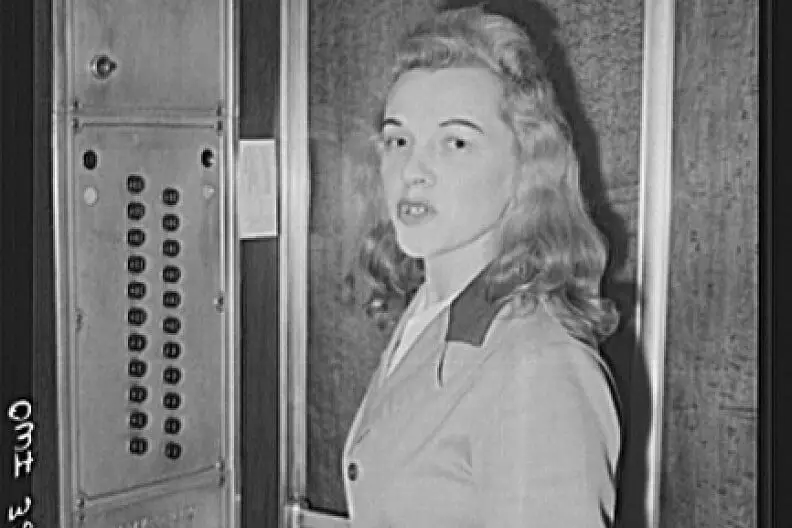
There was a time when simply getting to the right floor required help from a professional. Elevator operators were once common in office buildings and department stores, guiding the car, pressing buttons, and often adding a bit of charm to the ride. For many people, the operator was part of the experience, greeting you with a smile and handling the heavy sliding gates. In the early 20th century, elevators weren’t fully automated, so this job required skill and attentiveness.
As technology advanced, self-service elevators with automatic doors made the profession unnecessary. By the 1970s, most buildings phased out the role entirely. Today, you’ll only find elevator operators in a handful of historic hotels or novelty spots, more for nostalgia than necessity. It’s one of those jobs that disappeared so seamlessly that many younger generations have no idea it ever existed.
2. Switchboard Operators
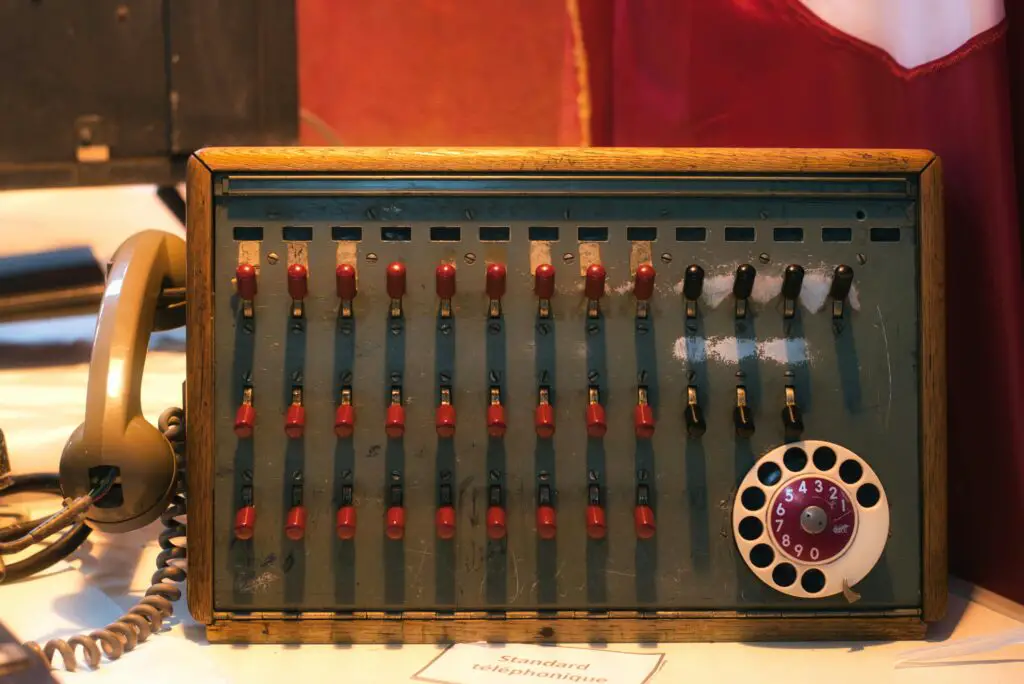
Before direct dialing was introduced, switchboard operators were essential for making phone calls. They manually connected one line to another by plugging wires into a board, often working in fast-paced offices filled with ringing phones. The job was dominated by women, who were seen as polite and efficient communicators. These operators didn’t just connect calls, they sometimes provided emergency help or acted as the first point of contact for businesses.
With the invention of automated telephone systems, the switchboard role started to vanish by the 1960s. While small towns and rural areas held onto human operators a little longer, the job eventually faded away everywhere. The idea that someone once physically patched your call through feels almost unthinkable now. Yet, this profession helped lay the groundwork for the global communication systems we use today.
3. Lamplighters

Street lighting didn’t always come on at the flick of a switch. In the 19th and early 20th centuries, lamplighters had the daily job of lighting and extinguishing gas lamps on city streets. They carried ladders and long poles with flames at the tip, moving from post to post as evening fell. Their work made nighttime safer and gave cities a warm, glowing charm.
When electric street lighting spread in the early 1900s, the lamplighter’s profession quickly dwindled. Cities no longer needed workers to climb poles, and lights could be turned on all at once with electricity. Today, the job is remembered mostly in literature, nostalgic photographs, or reenactments at historic villages. It’s a beautiful example of how one profession can be swept away by a single invention.
4. Milkmen

For decades, having a milkman deliver fresh bottles to your door was part of daily life. Families would leave empty glass bottles outside in exchange for new ones, sometimes along with butter, eggs, or cream. The milkman often became a familiar figure in the neighborhood, checking in on families and offering a reliable service before supermarkets dominated food distribution.
By the 1970s and 1980s, home refrigeration and large grocery stores made daily milk deliveries unnecessary. Milk cartons and plastic jugs that lasted longer in the fridge replaced the glass bottle system. Although a few communities have revived the concept for sustainability reasons, the heyday of the milkman is long gone. It’s one of those jobs that makes people instantly nostalgic.
5. Knocker-Uppers
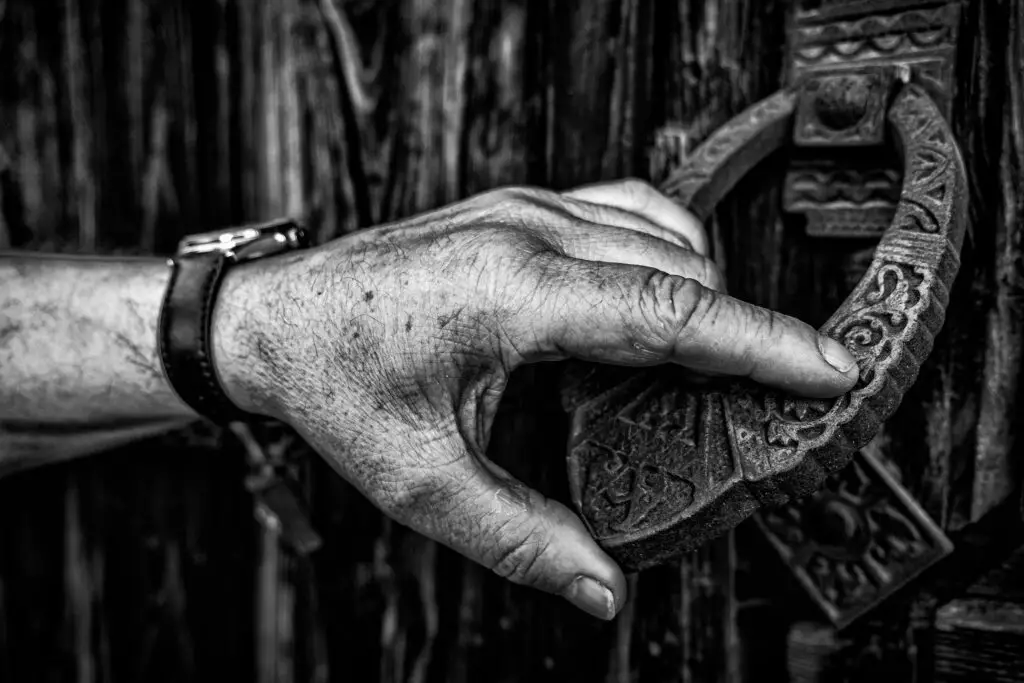
Long before alarm clocks became affordable, many workers relied on a knocker-upper to wake them up for their shifts. This unusual job involved walking the streets with a long stick, tapping on bedroom windows to rouse sleeping clients. Some used pea shooters or even small hammers to make sure their customers didn’t oversleep. It was a simple but surprisingly important profession in the 19th and early 20th centuries.
As alarm clocks became cheap and reliable in the early 20th century, knocker-uppers quickly became obsolete. The idea of paying someone to tap on your window seems strange today, but for industrial workers who couldn’t risk being late, it was invaluable. Though it only lasted a few generations, the role left behind an amusing piece of history. It’s one of those professions that makes you realize how much we take technology for granted.
6. Human Computers

Before electronic computers, people did complex calculations by hand. Known as “human computers,” they worked in fields like astronomy, engineering, and wartime codebreaking. Many of them were women, including the famous group at NASA who helped launch the space age. Their painstaking accuracy powered some of the greatest scientific breakthroughs of the early 20th century.
The arrival of electronic computers in the 1940s and 1950s began to phase out the job. Machines could crunch numbers faster and with fewer errors, leaving human computers to either transition into programming roles or see their work vanish. While the job itself disappeared, its legacy lives on in the stories of those who did it. It’s a reminder that before machines, human persistence was the ultimate processor.
7. Typists and Stenographers
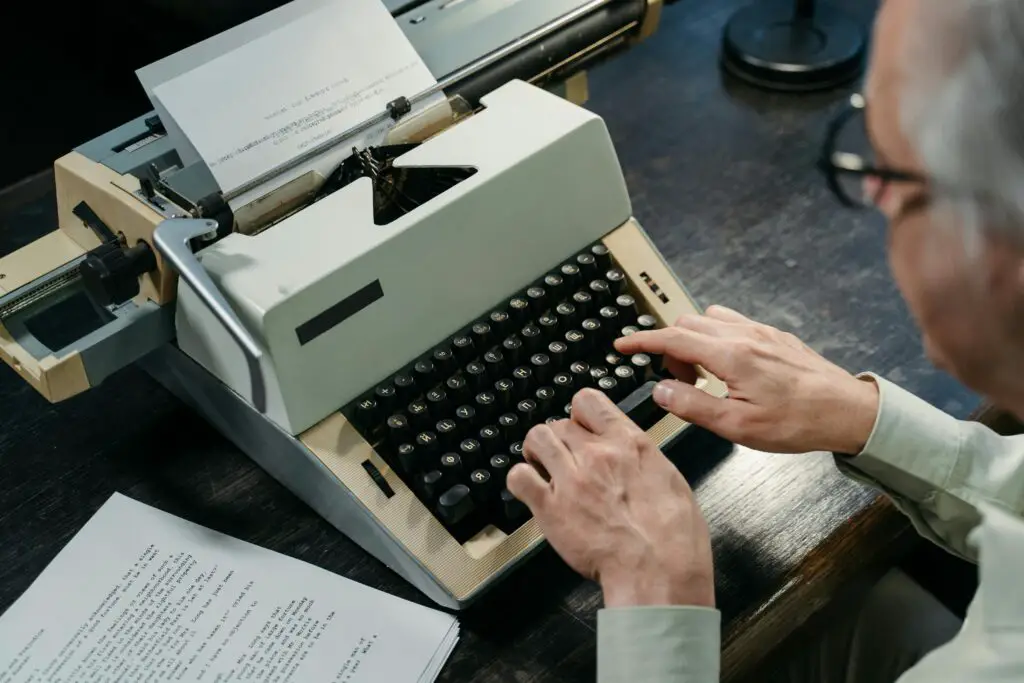
In an era when typewriters ruled offices, having a dedicated typist or stenographer was crucial. Executives would dictate letters and memos, which stenographers would take down in shorthand before typing them neatly. These roles required skill, speed, and attention to detail, and they dominated the professional landscape, especially for women entering the workforce.
By the 1980s and 1990s, personal computers and word-processing software changed everything. Executives and employees began typing their own emails and reports, and shorthand was no longer a must-have skill. The specialized profession faded into history, though you might still hear older professionals recall their days of dictation. What was once an entire career is now just a basic office skill.
8. Ice Cutters

Before refrigeration, people relied on natural ice harvested from lakes and rivers. Ice cutters braved freezing winters to saw massive blocks, which were stored in ice houses and delivered to homes and businesses. It was tough, dangerous work, but without them, food storage in the 19th century would have been impossible. Their labor kept meat, dairy, and produce from spoiling in an era before electricity.
When mechanical refrigeration became widespread in the early 20th century, the need for ice cutters disappeared almost overnight. Factories could produce ice year-round without relying on frozen lakes. What had been a vital seasonal profession quickly became a relic of the past. Today, it’s hard to imagine that entire communities once depended on this job for survival.
9. Leech Collectors

Believe it or not, collecting leeches was once an actual job. In the 18th and 19th centuries, leeches were widely used in medicine for bloodletting, a practice believed to cure illnesses. Leech collectors often waded barefoot into marshes and ponds, letting the creatures attach to them before pulling them off for sale. It was a messy, painful, and oddly respected line of work at the time.
As medicine advanced and bloodletting fell out of favor, the demand for leeches plummeted. By the late 19th century, the profession had all but disappeared. Today, while leeches still have rare uses in modern surgery, they’re farmed in controlled environments rather than gathered by hand. The leech collector remains a strange footnote in the history of healthcare.
10. Bowling Pinsetters
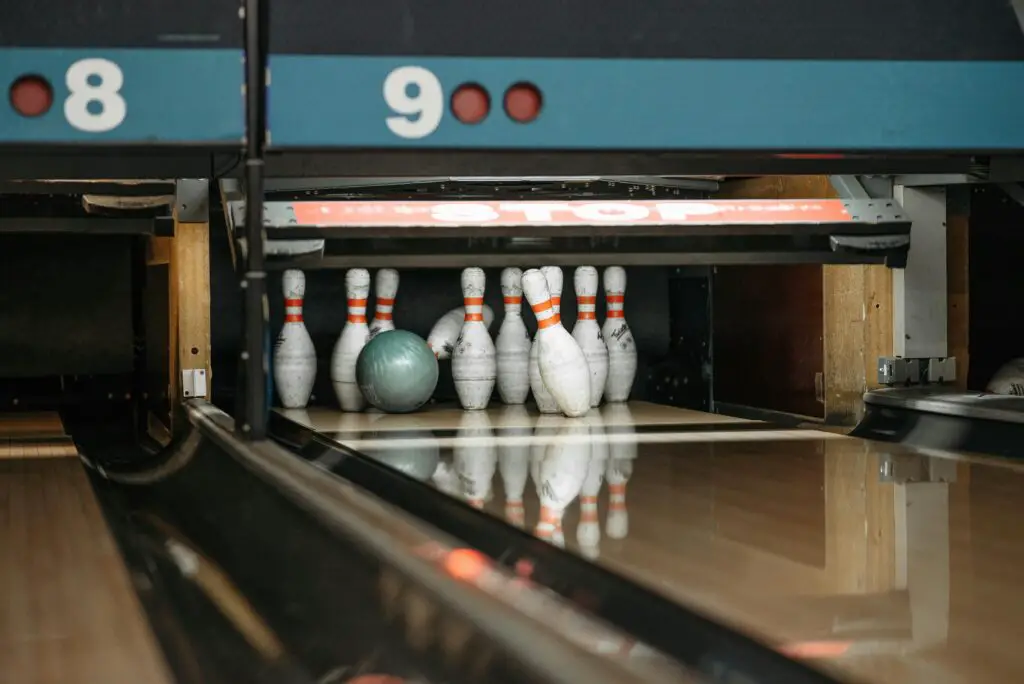
Long before machines handled it, young boys and teenagers worked as pinsetters in bowling alleys. After each roll, they would reset the pins by hand and return the ball to the player. It was considered a low-paying and sometimes dangerous job, since stray balls could hit workers who weren’t quick enough. For many, it was a first job that introduced them to the world of work.
By the 1950s, the invention of the automatic pinsetter machine eliminated the need for manual labor in bowling alleys. The machines were faster, safer, and more reliable, making human pinsetters obsolete. Today, the job is remembered mainly in nostalgic stories from people who grew up around bowling alleys. It’s one of those short-lived professions that technology swept away with surprising speed.
11. Rat Catchers

In 19th-century cities, rat catchers played an essential role in public health. Armed with traps, sticks, and even terriers, they hunted down vermin that spread disease in crowded urban areas. The work was dirty and dangerous, but in a time before modern sanitation, it was vital to keep outbreaks under control. Rat catchers were often seen as both heroes and oddities in their communities.
By the mid-20th century, improvements in sanitation, along with widespread use of poisons and pest control systems, rendered the profession unnecessary. Modern exterminators eventually took over, but the specialized job of catching rats by hand faded away. While it only lasted a few decades in prominence, it left behind plenty of urban legends. The image of a Victorian rat catcher with a bag of rodents remains a haunting snapshot of the past.
12. Log Drivers
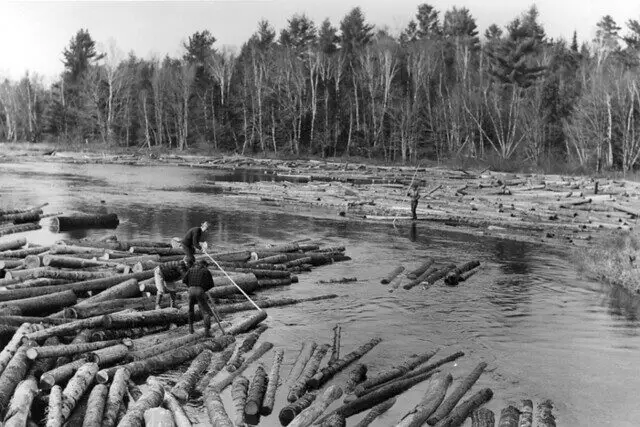
Before trucks and trains hauled lumber, log drivers guided felled trees down rivers to sawmills. Balancing on floating logs, they used poles and sheer skill to keep the wood moving without jams. It was incredibly dangerous work, requiring balance, strength, and nerves of steel. Entire communities in North America depended on these river runs during the late 19th and early 20th centuries.
As railroads and trucks took over timber transport, the need for log drivers dwindled. By the mid-20th century, the profession had mostly vanished, though it lives on in folklore and old photographs of daring men sprinting across rolling logs. Some festivals still stage competitions in log rolling to keep the tradition alive. But as a true profession, it’s gone, remembered now as one of those jobs that technology left behind.
